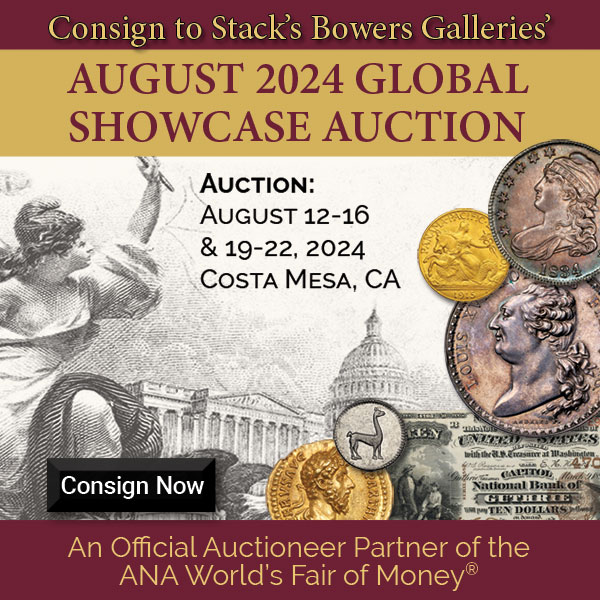
PREV ARTICLE
NEXT ARTICLE
FULL ISSUE
PREV FULL ISSUE
EURO COIN COUNTERFEITERS CAUGHTHoward Berlin passed along this story about the dismantling of a counterfeiting ring in Spain that circulated fake two euro coins. Thanks! That's great to hear. -Editor
The ring reportedly brought nearly 500,000 coins "of high quality" onto the European market. Ten individuals, all Chinese nationals, were reportedly arrested. Spain's National Police said they had been investigating the case for six years, and described the investigations as "extremely difficult and drawn out, not least because of the secretive nature of the organization, and also the near impossibility of being able to follow a trail, which is characteristic for forged coins." It is relatively easy to identify counterfeit bills. The security measures that have been implemented by central banks are sophisticated and have been well communicated. Almost everybody is familiar with these "security features," from the security thread to the hologram, the background that is difficult to copy to the paper quality — or at least they think they are familiar with them. There are definitely individuals who will overestimate their identification skills. It's a little different for coins, since they lack a hologram or a security thread. But even such "petty change" has characteristics that forgers often can't replicate and that are therefore worth paying attention to. In Germany, the Bundesbank, or Federal Bank, is responsible for making German euro coins. The page on its website entitled "Leitfaden Münzen" (Guidelines Coins) contains descriptions on coin security. "One doesn't need to be a coin expert to tell counterfeit coins apart from real ones," it reads. The bank provides concrete ways to evaluate coins. This is no problem for professionals, since there is a single Europe-wide test that can be done with a certified coin detection device. "Devices that have been successfully tested are available on the website of the European Commission," reads the bank's page on money testing devices. Of course, this doesn't help the common person much. So the bank recommends paying attention to "the first impression." On a real coin, the imprinted image clearly rises above the rest of the coin's surface, and all contours can be clearly seen, the bank writes. Caution is called for if this isn't the case: The image on counterfeit coins is often poorly imprinted, while the surface can be scarred and contain spots, flecks, lines or notches, the website says. Contemporary counterfeits have been around as long as genuine pieces, but generally it is the higher denomination coins as these provide a higher return for the counterfeiter; lower denominations may not be economical to counterfeit in the first place. I wonder how collectors and cataloguers will treat these in the future - will these fakes find their way into coin books and collections? Given their relative rarity, will the fakes become more valuable than the genuine government-issued pieces? -Editor
To read the complete article, see:
Wayne Homren, Editor The Numismatic Bibliomania Society is a non-profit organization promoting numismatic literature. See our web site at coinbooks.org. To submit items for publication in The E-Sylum, write to the Editor at this address: whomren@gmail.com To subscribe go to: https://my.binhost.com/lists/listinfo/esylum All Rights Reserved. NBS Home Page Contact the NBS webmaster 
|

